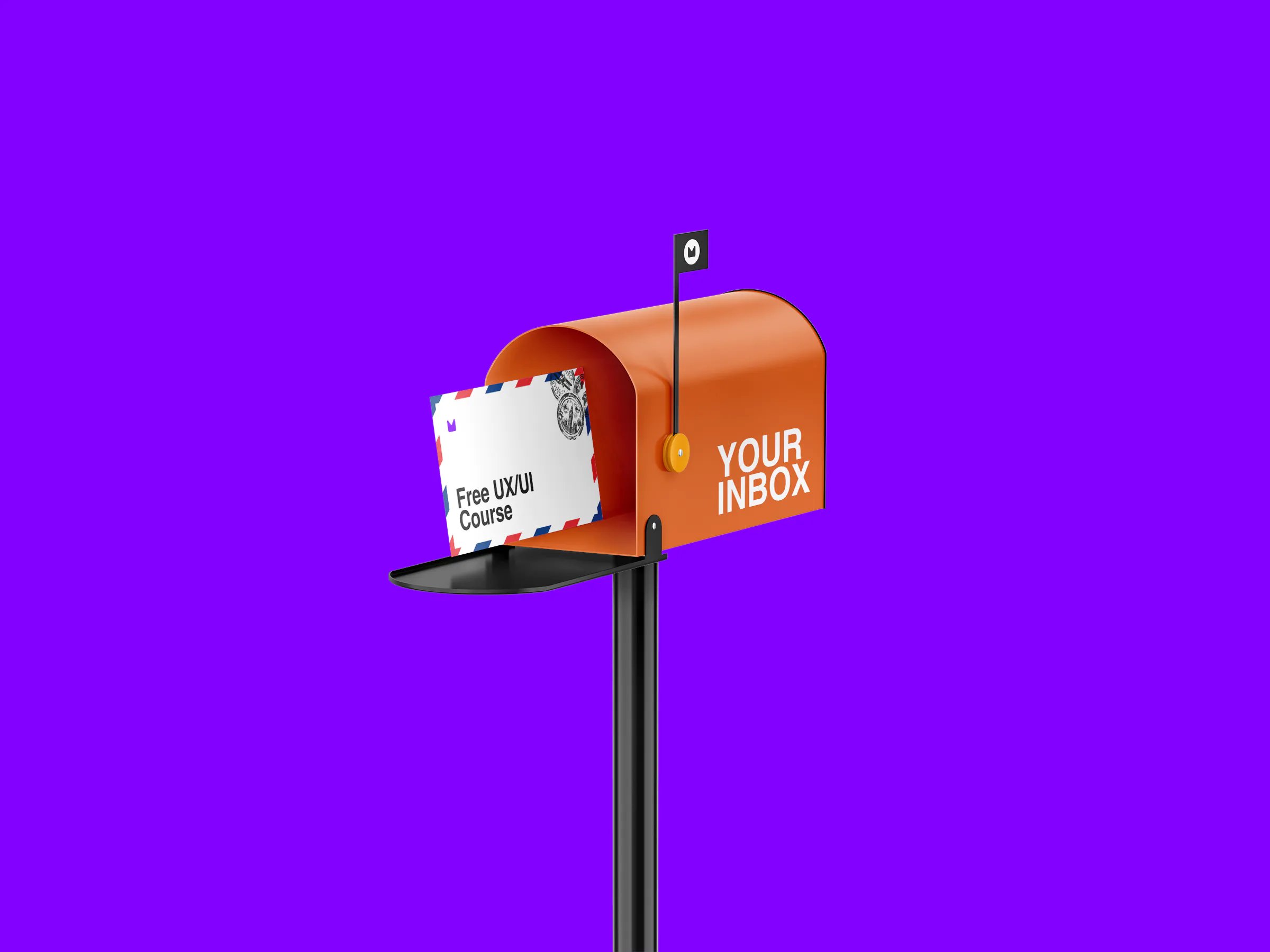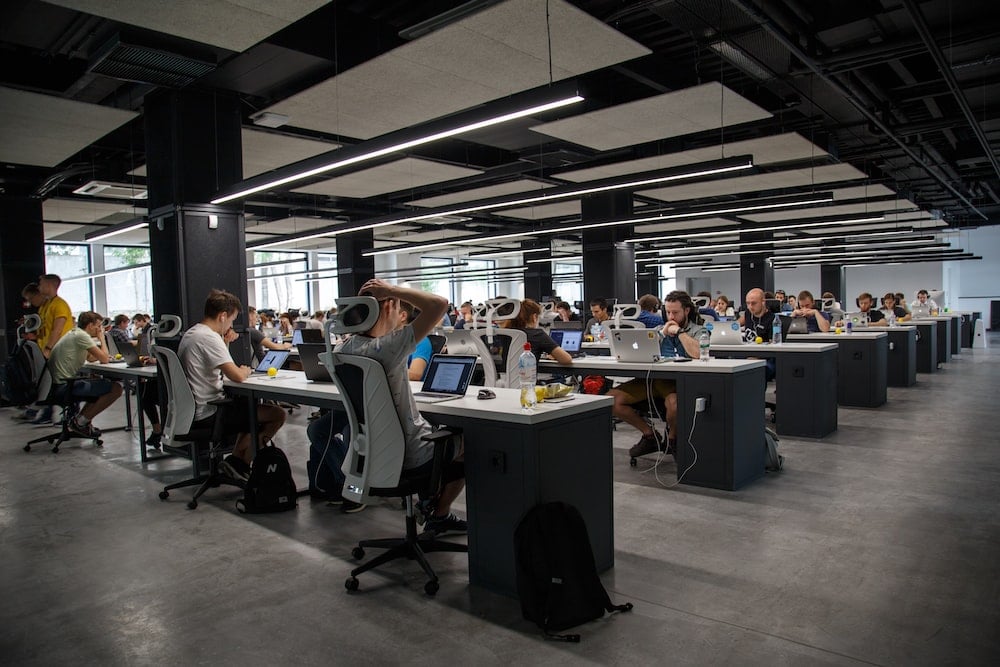

Get a Free UX/UI Course in Your Inbox Every Day for 15 Days
By the end of this three-week crash course, you'll have a much better understanding of the tech industry, the design craft, and all the knowledge you need to start building your career.

Get a Free UX/UI Course in Your Inbox Every Day for 15 Days
By the end of this three-week crash course, you'll have a much better understanding of the tech industry, the design craft, and all the knowledge you need to start building your career.

Starting a career in UX design can be challenging, particularly for aspiring junior designers. The scarcity of companies offering UX internships and the prevalence of job descriptions demanding "X years of experience" can make it seem daunting to enter the field. In this article, we will explore actionable steps that junior UX designers can take to set themselves up for success.
We all know someone who has been dreaming of starting a new business but lacks the time or knowledge to create a website. Perhaps there's a local organization that could achieve more with a website redesign or even establish an online presence. Opportunities to make a positive impact while learning something new are abundant if we know where to look and seize them.
When working on a project for a real client, even if it's a friend of a friend, we encounter a critical aspect of design: constraints. While anyone can design freely, being able to adapt to even the smallest constraints holds significant long-term value for a designer.
The next time you feel stuck in the cycle of monotonous portfolio projects, don't hesitate to reach out to individuals or local businesses for exciting design opportunities. Here's why this strategy is beneficial:

An excellent way to find engaging projects that never disappoints is by exploring hackathons and design competitions. These events are accessible, often free, and conducted online, making them easily within reach for aspiring designers. The benefits they offer cannot be overstated. Let's take them one by one.

In the previous points, we discussed the importance of portfolio projects and how to identify suitable topics, particularly for aspiring designers. However, breaking into the design industry requires more than just a portfolio.
Although a strong portfolio is undoubtedly a crucial aspect, more is needed. As a designer, there are numerous ways to showcase your expertise and passion for the industry, extending beyond the confines of a portfolio. Merely relying on having a portfolio and waiting for opportunities to come your way may not yield the desired results.
So let's consider the following:

Breaking into the field of UX design as a junior designer may seem daunting due to limited internships and experience demands. However, we have explored actionable steps to overcome these challenges successfully.
By reaching out to help friends, local organizations, or small businesses with design projects, we gain practical experience, adaptability, and a valuable professional network. Participating in hackathons fosters collaboration, quick thinking, and networking opportunities with industry professionals. While a strong portfolio remains crucial, active engagement in design communities, networking, and content creation can further enhance our presence and credibility in the industry. Embracing these strategies and maintaining a proactive approach will lead aspiring designers on a rewarding path towards a flourishing career in UX design.